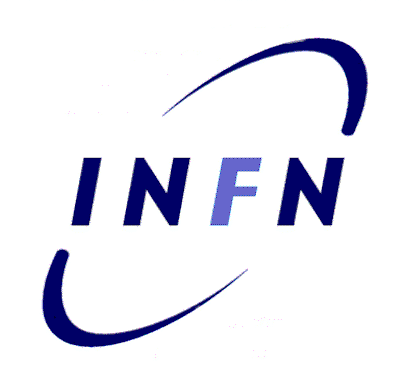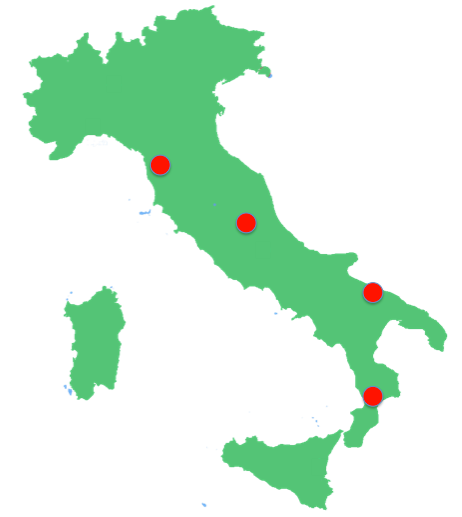NPQCD
Non-Perturbative QCD
Understanding the properties of strong interactions at large distances and in extreme conditions
Abstract
The main activity of our group concerns the investigation of strong
interactions at large distances, where the coupling gets large and a
perturbative approach fails.
Why are color degrees of freedom, quarks and gluons, not visible in Nature and instead confined into hadrons? Can we understand that in terms of the general properties of non-Abelian gauge theories and of their ground state? Is confinement a permanent state of matter, or conditions may exist or may have existed in our Universe, described by different phases of the theory? What is the nature of such phases and what the behavior of strongly interacting matter under extreme conditions, represented by finite temperature, baryon density or external background fields?
Those are the fundamental questions that move our research. Our non-perturbative investigation instruments are represented by numerical simulations of QCD on a Euclidean space-time lattice, complemented by the study of effective models. Our research is relevant to many phenomenological and experimental contexts, going from modelling the Early Universe to ultrarelativistic heavy ion collisions.
Most efforts are devoted to the following activities:
Why are color degrees of freedom, quarks and gluons, not visible in Nature and instead confined into hadrons? Can we understand that in terms of the general properties of non-Abelian gauge theories and of their ground state? Is confinement a permanent state of matter, or conditions may exist or may have existed in our Universe, described by different phases of the theory? What is the nature of such phases and what the behavior of strongly interacting matter under extreme conditions, represented by finite temperature, baryon density or external background fields?
Those are the fundamental questions that move our research. Our non-perturbative investigation instruments are represented by numerical simulations of QCD on a Euclidean space-time lattice, complemented by the study of effective models. Our research is relevant to many phenomenological and experimental contexts, going from modelling the Early Universe to ultrarelativistic heavy ion collisions.
Most efforts are devoted to the following activities:
- Study of color confinement and topological properties in QCD and QCD-like theories. The final goal is to understand the structure of the QCD vacuum and to determine the relevant degrees of freedom around the transition;
- Investigation of the QCD phase diagram, with a focus on the chiral properties of the theory and on the determination of the phase structure at finite baryon density;
- Determination of the properties of QCD in the presence of magnetic and/or chromomagnetic backgrounds fields. The main focus is on the effects of the background fields on the vacuum structure and on the magnetic properties of strongly interacting matter around the phase transition.
- Development of new algorithms to approach computationally difficult problems (e.g., QCD at finite density and the sign problem). Exploration of computational architectures at the frontier of HPC.


